Coffee Varietals
Coffee, like most plants, has a ton of diversity within its species. The different varietals of Coffea arabica have all sorts of different traits, some affecting the flavor of the coffee they produce and others making the plants more suitable to different environments. There's thousands of different sub-species and cultivars of coffee - but here's a quick run-down of the ones that crop up most frequently in specialty coffee.
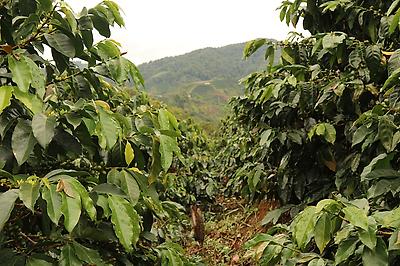
Typica
Once of the most common types of coffee to see in the specialty marketplace, the Typica varietal is grown widely around the world. One of the "original" varieties taken from Ethiopia and shared around the world as coffee became more widely cultivated, Typica is known for its high cup quality, especially growing at altitude. However, due to its low yield and susceptibility to leaf rust, Typica is being replaced by many farmers looking for a more efficient and strong plant.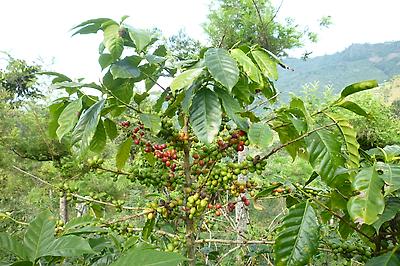
SL28 & SL34
These two varietals are usually growing side by side, and that's how they started! Both are cultivars that were isolated and propagated in Kenya by Scott Agricultural Laboratories in the 30's (hence the SL). This means there were naturally occurring trees that the lab sampled, and impressed by their drought and pest tolerance, continued to propagate and make available to farmers. Now, SL28 & SL34 are very commonly grown in Africa - to great results!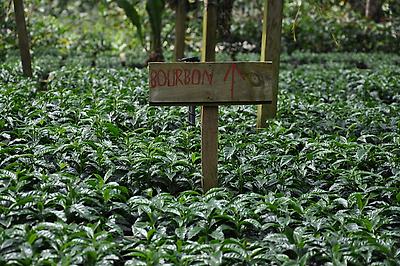
Bourbon
Bourbon is a widespread varietal that's very important in the history of coffee. The story goes that some French missionaries brought bourbon beans from Yemen to Bourbon island near Madagascar (hence the name) where it developed for decades before being taken to South & Central America. Bourbon is beloved for its sweetness and incredible flavor - so though the plant isn't the strongest and doesn't produce a very high yield - it became widely planted, especially in the Americas.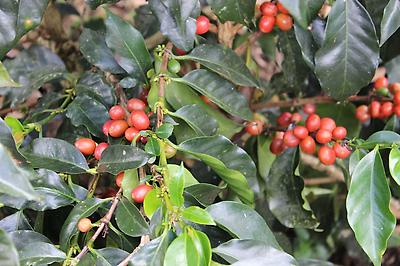
Pink Bourbon
This is a relatively uncommon gene expressed in the normally red or yellow bourbon plant that creates a pink cherry! It's harder to pick these cherries, since the color can be harder to tell when it's ripe - but this varietal is known for exhibiting all the best of Bourbon's characteristics especially well: sweetness and complexity of delicate flavors. Yum!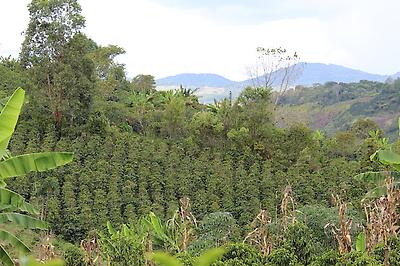
Caturra
This varietal is a natural mutation of the Bourbon varietal discovered on a farm in Brazil sometime in the 1910s. Most notably, Caturra's mutation causes dwarfism in the plant - making its footprint smaller than other varietals. This allows farmers to plant more densely on a piece of land and increase their yield, which made Caturra a very popular plant for much of the 20th century. It's susceptible to pests and rust, but it's still a very important varietal in Central American coffee and the parent for many hybrid varieties seeking to replicate its advantageous size.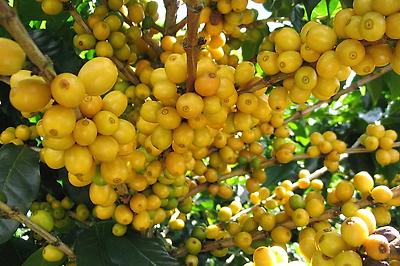
Catuai
Speaking of hybrids utilizing Caturra - Catuai comes from a cross of Caturra and Mundo Novo (a high yield varietal). The resulting Catuai is small, produces lots of cherries, and became a favorite for many producers in Central America. There are Catuai strains that produce yellow or red cherry - and both can be very tasty when tended well.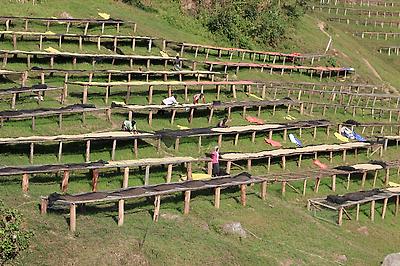
Ethiopian Heirloom
This isn't really a varietal so much as a catch-all term for the abundance of different varietals growing in Ethiopia. Coffee originated in Yemen and Ethiopia, and as a result there's more genetic diversity for the plant in those regions than anywhere else on Earth. Many small-holder farmers in Ethiopia are tending and cultivating plants that were already naturally occurring in their area, so washing stations feature hundreds of unique varietals. Embrace the mystery, and enjoy!There are so many more varieties out there that have been identified (and even more that haven't) so we're just going to call it here with the basics. But understanding the varietals and health of the species is crucial to fostering a sustainable coffee market going forward, and lots of hardworking folks all around the world are putting effort into research and development of more coffee information and resources. This is just a quick primer for coffee drinkers - but organizations like World Coffee Research are putting together comprehensive resources for producers, roasters, and other coffee professionals. Check it out!